All Rights Reserved. No part of this book may be reproduced in any manner without the express written consent of the publisher, except in the case of brief excerpts in critical reviews or articles. All inquiries should be addressed to Skyhorse Publishing, 307 West 36th Street, 11th Floor, New York, NY 10018.
Skyhorse Publishing books may be purchased in bulk at special discounts for sales promotion, corporate gifts, fund-raising, or educational purposes. Special editions can also be created to specifications. For details, contact the Special Sales Department, Skyhorse Publishing, 307 West 36th Street, 11th Floor, New York, NY 10018 or info@skyhorsepublishing.com.
Skyhorse and Skyhorse Publishing are registered trademarks of Skyhorse Publishing, Inc., a Delaware corporation.
Library of Congress Cataloging-in-Publication Data is available on file.
ISBN: 978-1-61608-290-1

Introduction
We would be very lucky indeed to live out our lives without any injury to our bodies. The world is a dangerous place, but humans have learnt to adapt. We shelter from the elements, most of our environment is free of wild beasts, rigidly enforced safety laws protect us from physical damage. Despite all this, as we enter the new millennium, our biggest enemy is still another human being. No matter how advanced the human race becomes, the aggression factor remains with us. It is not unique to the individual, the whole world at some stage has participated in violence, and continues to do so. Wars, famine, terrorism daily fill our television screens. Normally, unless one is a member of the armed forces, we do not become involved, but even at home, protected by a solid police force, are we really that safe? If you live in London, your chances of being attacked, or having your home burgled, are better than one in four.
Here are two headlines from recent newspapers;
Baby's hands and feet chopped off': A French mother returned to her home to discover that the baby sitter had mutilated her child; the baby died subsequently.
Jail for mugger of DDP husband': A member of a teenage gang stabbed and nearly killed the husband of the Director of Public Prosecutions.
How do we deal with such situations? It is not easy, but I have called on all my experience gained serving for 18 years in the SAS. The SAS are renowned world-wide for working in violent areas and are trained to cope with the most desperate situations. Adapting SAS methods and philosophy to self-defense is common sense and I have tried to illustrate the SAS's techniques in this book so that they apply to every age, and to both sexes.
You must not treat street fighting as a game, or as a sport where the Marquess of Queensberry rules apply. There are no rulesother than to escape or minimize the injury to yourself or those with you. You must also understand that fighting can cause damage to either side, and perhaps result even in death. Defending yourself and others is your basic right but whatever reasonable force you use to defend yourself must be justifiedand that justification may be challenged by a court of law. There is no justification for introducing violence into a confrontation, other than when you or others are directly threatened by violence. In short, self-defense techniques should only be used for self-defense purposes and you must stay within the law.
This sounds bad, and you will ask yourself, how am I to defend myself? For a start, most fights last a very short time, the majority no longer than 30 seconds. Therefore, if you are fit, take responsibility for yourself, and prepare your defense in advance, you can win. But before you get involved in fighting, consider avoiding the situation altogether: there is no guarantee that your self-defense skills will always work because your opponent may be quicker and stronger than you (few pick on anyone larger than themselves) and indeed, may also posses martial arts knowledge.
Also, I believe it is possible to view self-defense more broadly than in terms of dealing with attacks against the person. The same mental attitudes and preparedness that will hopefully minimize the effects of any physical assault can also be applied to other areas of potential danger in your life. For this reason, the book will discuss ways to handle threats to your property and against you from sources other than personal attack.
Barry Davies
Hereford

The Problem
Become aware of violence
It is advisable to put violence into proper perspective: for every person that is murdered in the United States, about three more die on the road, while more than thirty die each year from smoking. Nevertheless, violent crime always a concern, and the first thing you must do is keep your eyes open. If you are aware that violence can take place anywhere and at any time then your chances of avoiding it are greatly increased.
Spotting trouble before it begins is the best way of avoiding it. For example, if you get on the subway and find that halfway through your journey your car is invaded by drunken soccer hooligans, simply get off and either get in another car, or wait for the next train. If you find yourself the target of aggression in, say, a pub, simply leave.
It is always easy to perceive the threat to be greater than it really is. On the whole, America is a fairly safe place and the bulk of the population is fairly law-abiding. We become used to our own daily routine, we meet the same people most days either at work, out shopping or at home. This fosters in us a sense of leading a normal life, and it's only when we step outside our own normal routine that we tend to take notice. For example, people who live in the countryside and travel to a large city often feel vulnerableat such times the mind will automatically tell you to be aware.
Confidently assert yourself
Confidence shows through your body movement, your language, and your eye-to-eye contact. Humans are animals, and like all animals, large or small, we all learn to recognize whether our foe is stronger or weaker than ourselves. Walking briskly along at a keen pace sends out a better signal than just sauntering along with a set of head-phones on. If you are in an unknown city, try walking with the crowd, or by the side of someone as if you are together. How you dress is part of your individuality, but try not to stand out too much. If you're dressing up for a night out, especially if you're wearing high heels or restrictive clothing, arrange for a taxi home or travel in a group. If someone challenges you,


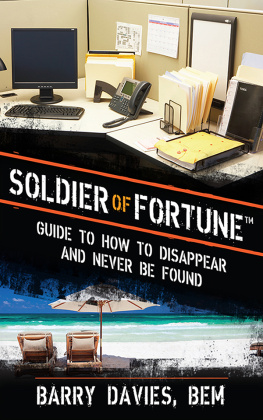
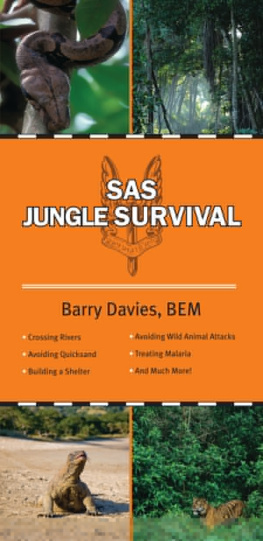

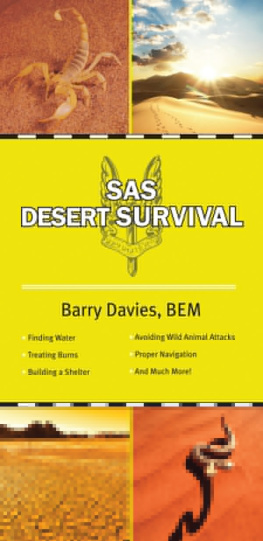

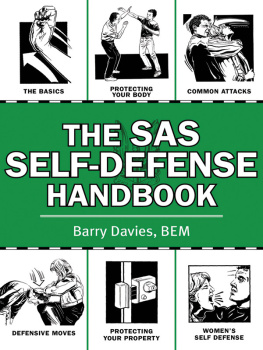

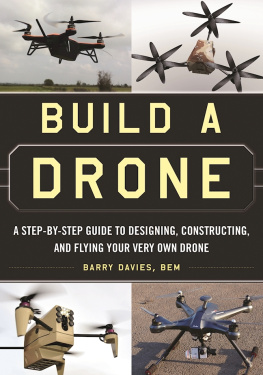
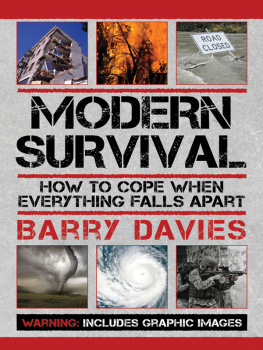

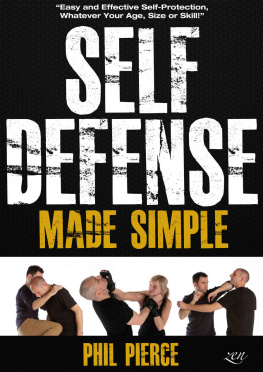
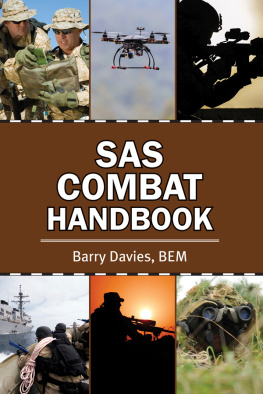


 Introduction
Introduction The Problem
The Problem